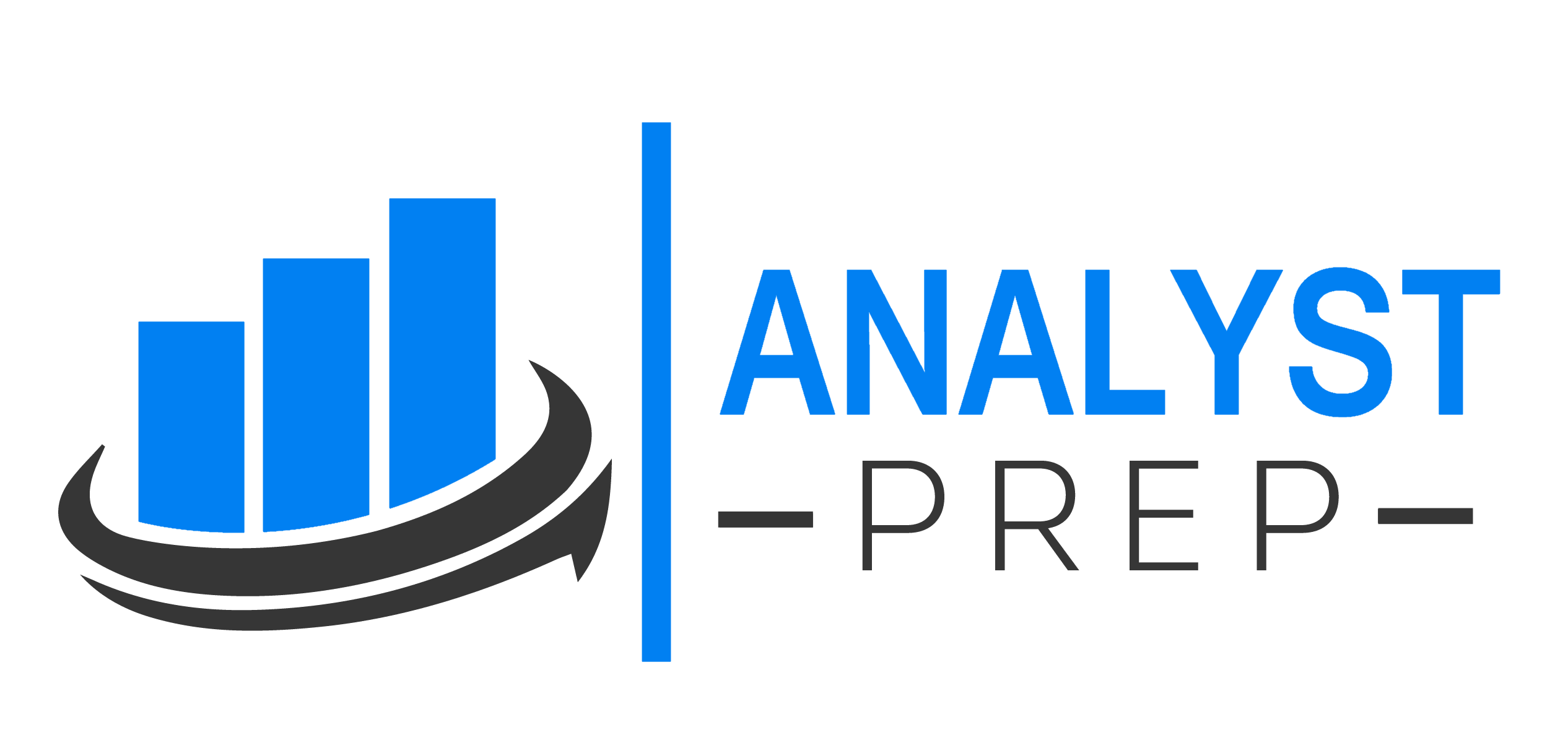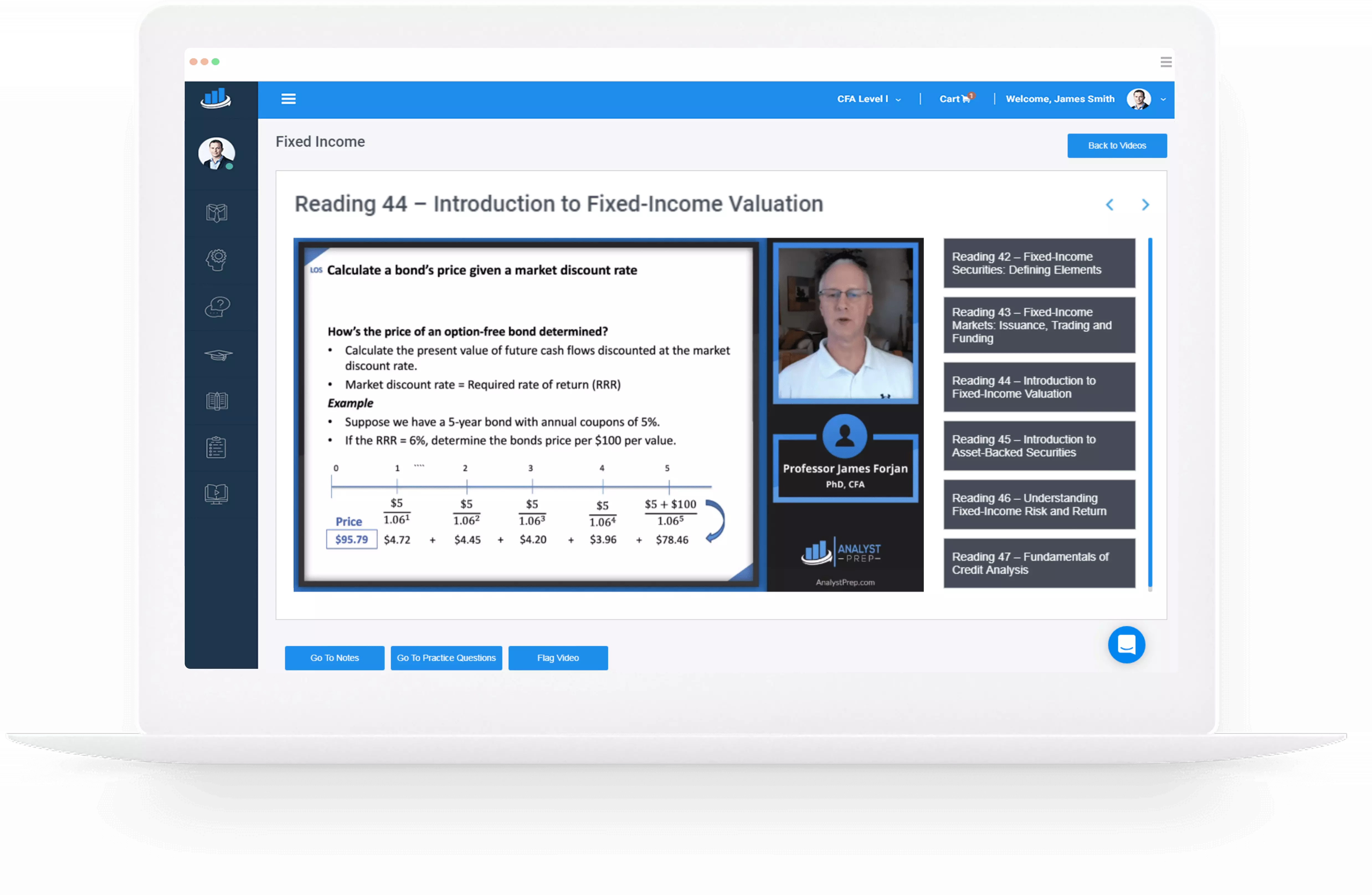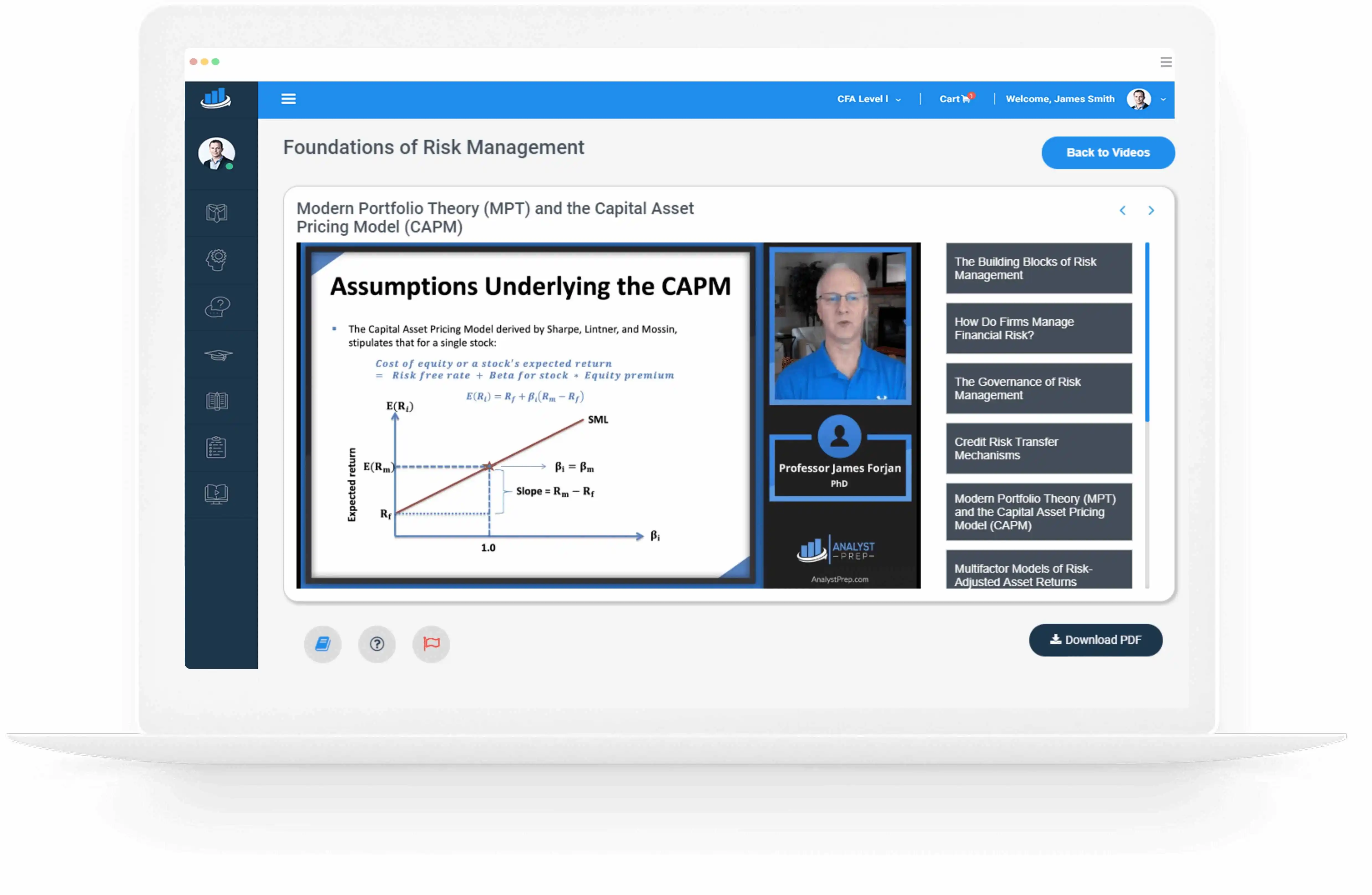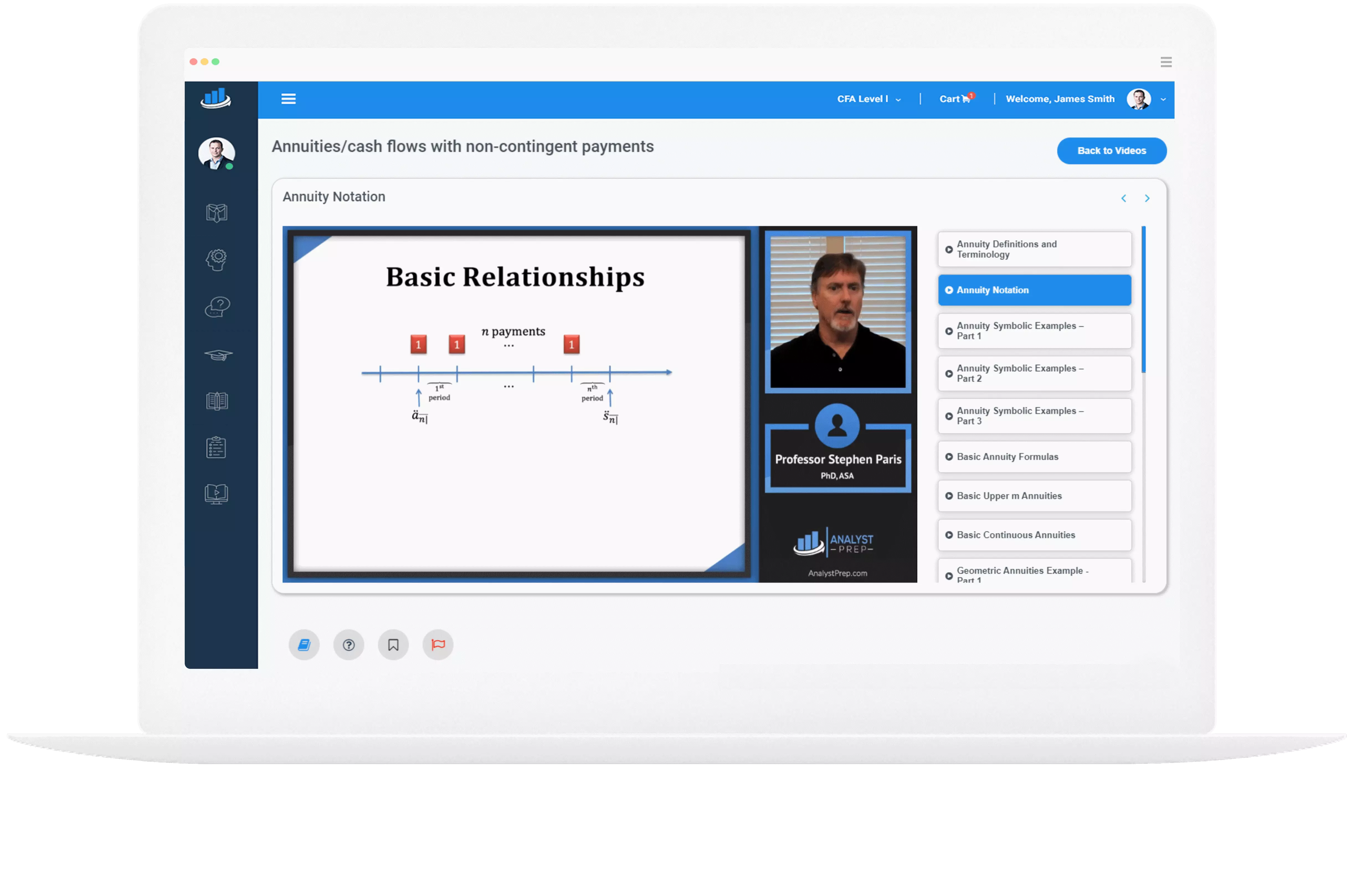Tools of Geopolitics
Geopolitical tools refer to methods used by geopolitical actors to pitch their interests before others. These tools ultimately result in geopolitical risk. Tools of geopolitics may be separated into: National Security Tools: Tools for national security are those that are…
Explaining Geopolitical Risk
Geopolitical risk is the risk posed by tensions or acts between parties that impact the regular and peaceful development of international relations. When the geographic and political elements influencing country relations change, geopolitical risk increases. A change in legislation, a…
International Organizations
The global trade decline in the 1940s had some negative impacts. The living standards of people fell, and unemployment became a chronic issue. Because of this, there was a need to create international organizations to oversee economic relationships among countries….
Globalization
Globalization is the interaction and integration of individuals, organizations, and governments on a global scale. It is characterized by the cross-border movement of goods, information, employment, and culture. Globalization allows businesses to find the most optimal inputs for their products,…
Geopolitics from Cooperation and Competition Perspectives
Geopolitics examines how geography influences national and international relations. Analysts in this field examine actors, including individuals, organizations, companies, and national governments, that engage in political, economic, and financial activities and their interactions. State and Non-State Actors The two main…
Interaction of Monetary and Fiscal Policy
Monetary and fiscal policies can both be used to influence the broader economy. However, the effectiveness of monetary policy on aggregate demand can vary based on the fiscal policy in place and vice versa. Even though both policies can influence…
Central Banks and Limitations of Monetary Policy
The central bank of any nation worldwide is responsible for managing the country’s monetary policy. They also often have the responsibility of maintaining price stability and inflation. Central banks need to have the significant qualities highlighted below to be more…
Tools of Monetary Policy
The three main tools central banks use to implement monetary policies are open market operations, the central bank’s policy rate, and reserve requirements. These tools affect aggregate demand through the supply of money, cost of money, and credit availability, respectively….
Roles and Objectives of Central Banks
Objectives of Central Banks The main objective of a central bank is to maintain price stability. Depending on the country, central banks might have other objectives, such as controlling inflation, unemployment, interest rates, or exchange rates. However, all these objectives…
Implementation of Fiscal Policy
Recall that fiscal policy refers to all the methods used by a government to influence the economy through tax rates and government expenditures. For example, a government may decide to reduce taxes. These moves should, in theory, stimulate the economy…




